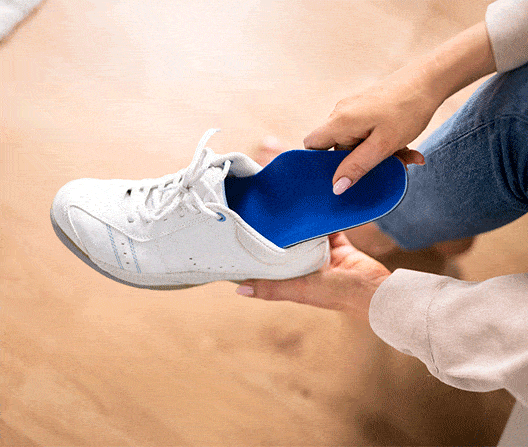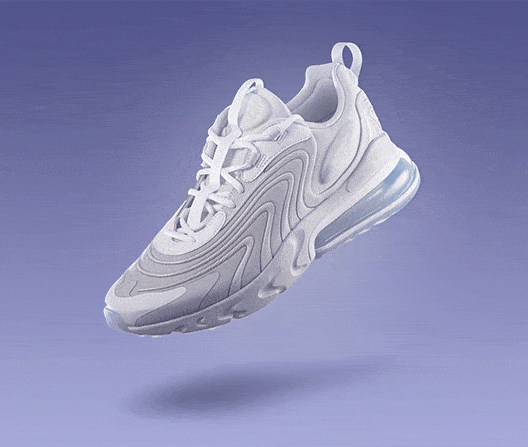Podiatry for Adults
Conditions We Treat
If you are experiencing any of the following health issues, we encourage you to reach out to us promptly for a consultation with one of our specialists.

Custom Orthotics
Custom orthotics, distinct from standard over-the-counter shoe inserts, are meticulously crafted to align with the unique contours of your feet, providing targeted support where it’s most needed. These personalized devices are instrumental in alleviating foot-related discomfort, such as heel pain and arch issues, and in addressing specific deformities in toe joints, ensuring a perfect fit for optimal foot health and comfort.
High Quality Shoes & Orthotics
Our medical professionals collaborate closely with premier custom shoe providers to ensure that your unique orthotics are seamlessly integrated into stylish and effective footwear. This specialized approach not only enhances the aesthetic appeal but also strategically positions your feet for more natural and improved movement.


